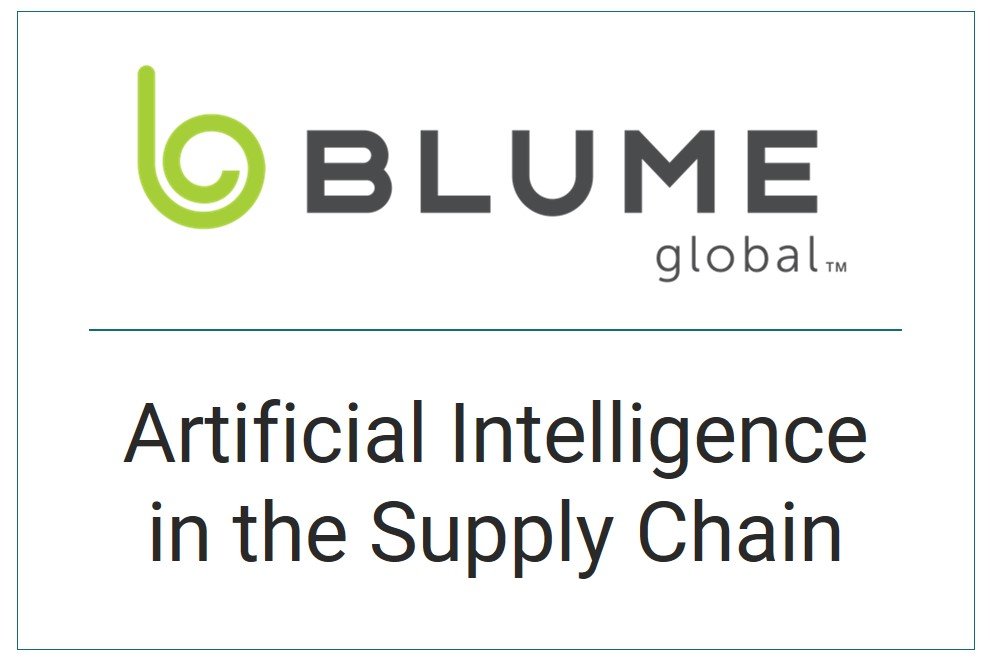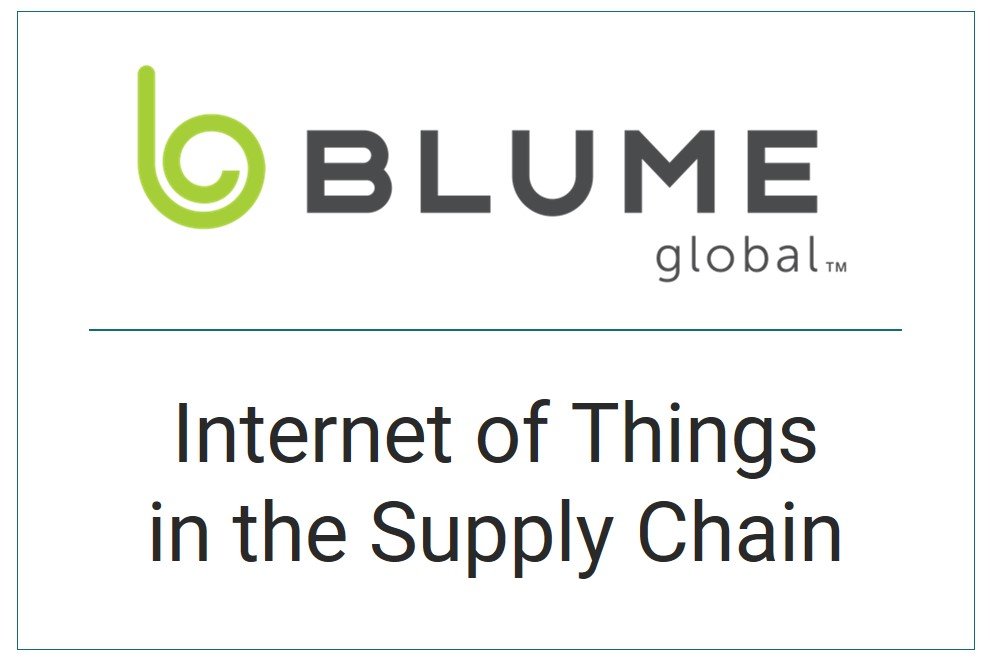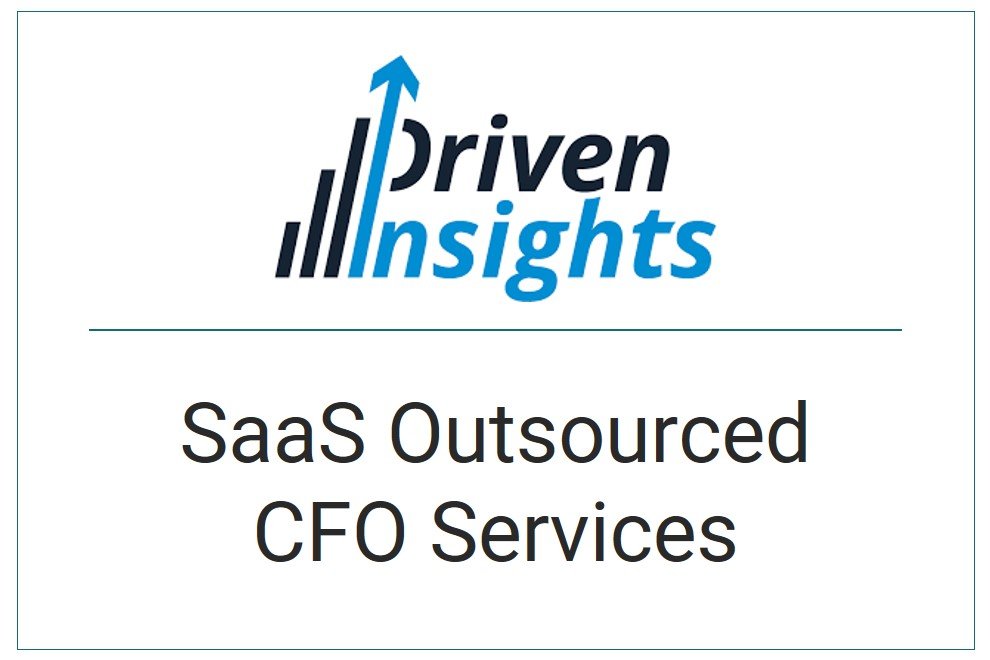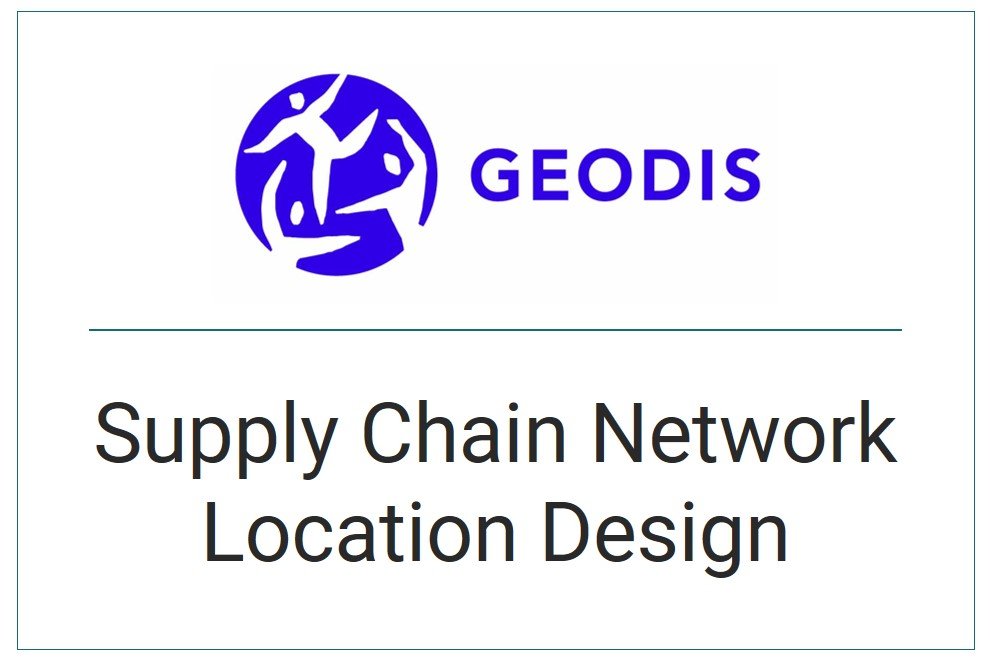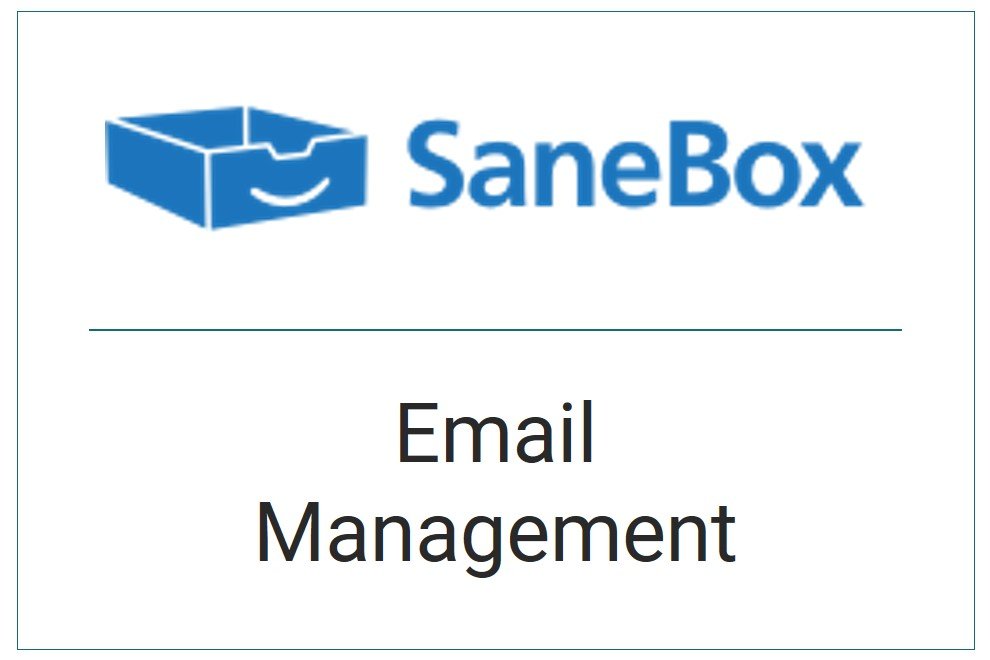Supply Chain Tools—Detailed Blog Samples
Three articles that I wrote for my client, Topo, and that are published on their blog. These writing portfolio samples are based on how supply chain tools can empower businesses. I wrote these articles for businesses that want to:
Understand what digital supply chain platforms do and how they can help.
Explore how low-code-enabled software can reduce the overhead of developing supply chain support tools and reports.
Establishing the best tools to use to manage the supply chain.
You will find links to each published sample below.
Intent of this writing on supply chain tools
The overall intent of this work is to provide organic, inbound content marketing through Topo publishing my samples, increasing SEO and the likelihood of their website appearing in search.
The other aims of this writing are to:
Educate the reader about key supply chain tools and services.
Compare and contrast low-code with other types of platforms.
Show how using SaaS supply chain platforms can save users time, effort, and money.
Explain how software tools integrate with other systems.
Decrease the hassle and friction of managing the supply chain.
Mitigate risks associated with supply chain management.
Break down and provide helpful explanations of supply chain topics.
Links to my published writing on supply chain tools
Here are links to my published samples.
What is a Digital Supply Chain Platform?
“International supply chains are incredibly complex. Supply chain stakeholders must understand and manage vast amounts of information, ensuring the smooth flow of data, materials, and products at every stage. It’s a huge challenge.
Fortunately, specialized, cloud-collaboration software exists to make the whole process much easier and more efficient–the Digital Supply Chain Platform. We’ll explore this exciting new area, answer your questions, and explain how these platforms can revolutionize supply chain management.”
Low-Code: the Next Big Thing in Supply Chain Technology
“Every supply chain is unique, and every stakeholder in that supply chain has distinctive needs. That creates complexity—a lot of complexity. In business, complexity is the enemy of efficiency. It drives up costs, increases the chances of errors, and slows things down.
These types of complications have an outsized impact on software platforms. Every unique need, circumstance, and use case needs to be planned for and addressed. Many platforms work only to specific, predefined outcomes—customers don’t have access to the underlying code or an easy way to customize the software to their needs. ”
Your ERP System Isn’t the Best Tool for Supply Chain Management—Here’s Why
“Enterprise Resource Planning (ERP) systems are at the heart of many business processes. From accounting and financial management through to budgeting and reporting, an ERP is essential for many day-to-day business activities. ERPs are designed to cover multiple operational needs in a centralized way, so it’s tempting to use them for everything you can.
That may not always be the best choice—especially when it comes to highly complex, relationship-based, collaborative processes like supply chain management (SCM). In those cases, you’re almost always better served by choosing a specialized tool that follows best practices while being easily customizable to your specific business needs.”
More information about these portfolio writing samples
Here’s some more details on these pieces.
Learn about my client, Topo
I created these samples for my client, Topo. Find out more about them here.
Freelance writing services for these portfolio samples
I provided this content writing as part of the following services:
Writing expertise and topics for these portfolio samples
This content writing fell into the following topic areas:
Technology: Automation and Integration, Software as a Service.
Type of writing
My writing for this content was ghostwritten.
Similar portfolio samples
Discover more of my writing portfolio samples in related areas.
All logos and trademarks are used under fair-use guidelines. In all cases, my clients have paid for my work and they have complete ownership and copyright of the writing samples published by them and linked from this website, and no ownership is claimed or implied by me. Links to samples are included as per my freelance writing contract with clients. Linkage from this website is intended to provide my clients with greater SEO ranking through backlinks, and to demonstrate their expertise through my work. All excerpts from samples are placed inside block quote elements to prevent any possible duplicate content penalties. Any statistics mentioned are sourced from SEM Rush in mid-2022. For more information, please see my disclaimer.
